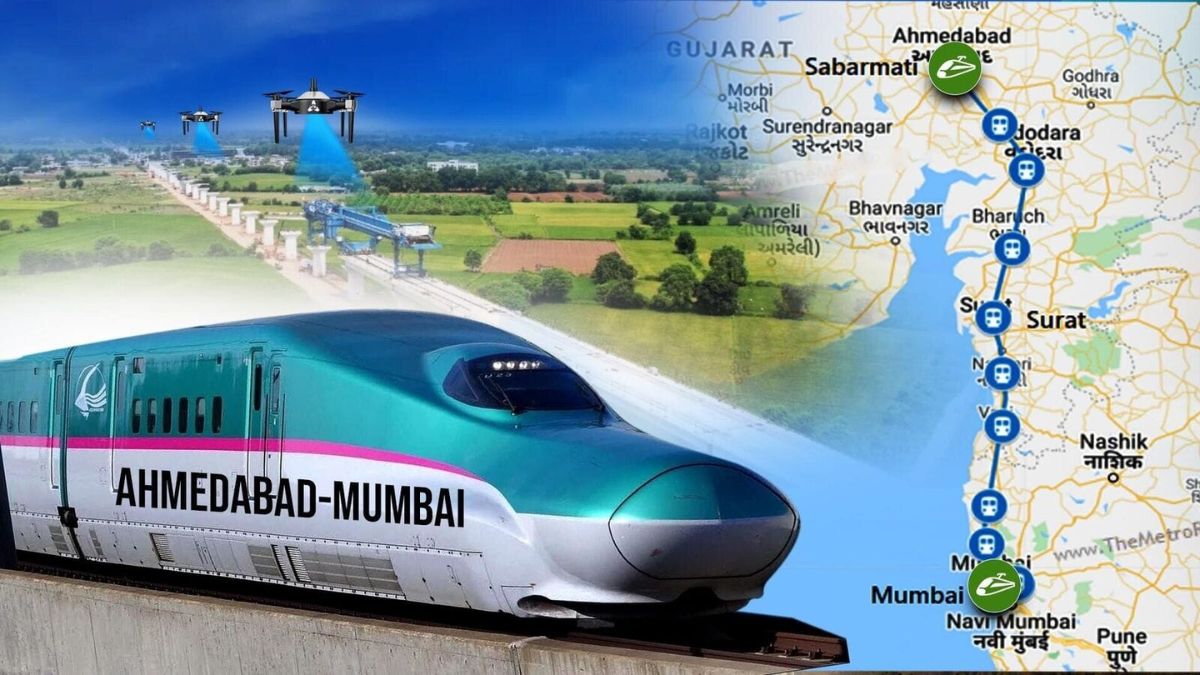More movies set to roll on smartphones

NEW DELHI : Earlier this month, a movie called Fursat caught people’s attention on social media. The movie, which was shot entirely on an iPhone 14 Pro by filmmaker Vishal Bhardwaj, didn’t compromise on the quintessential grandeur and vivid dance sequences one expects from Bollywood. It was shot at multiple outdoor locations in Mumbai and Rajasthan, and even featured underwater shots and fast-paced chase sequences. Within 12 days of its release, it garnered 83 million views on YouTube.
Fursat, which was widely promoted by Apple in India, is however, considered just the beginning for movies shot on phones. Experts believe that a new era of filmmaking is dawning on India where filmmakers will use high-end phones like Apple’s iPhones or Samsung’s Galaxy series instead of professional-grade video cameras.
“Not just short films, I feel that the iPhone is now ready to help us create a full-feature film. It is kind of unbelievable that we can have such stabilization in scenes with Action Mode in iPhone 14 Pro,” said Bhardwaj. Action Mode is a software feature in iPhones, which helps stabilize videos.
According to filmmakers and industry professionals, emerging and student filmmakers are increasingly using smartphones to make movies in India. Film institutes like Mumbai-based Whistling Woods International have already introduced projects where students have to shoot films with an iPhone. Before Fursat, a 60-minute action movie, called 2024, was released on Disney+ Hotstar in December 2021. It was shot on a OnePlus 9 Pro smartphone.
“A lot of the filmmakers are already using smartphones for short format content. I don’t see a reason why it can’t be used for long format content as long as you are able to handle it well and have the right attachments like gimbals and sliders,” said Chaitanya Chinchlikar, vice president, business development at Whistling Woods International.
A gimbal is a handheld device that keeps smartphones or cameras steady while shooting, while sliders are used to move the cameras in a stable manner. Phone makers, on their part, are stepping up efforts to improve cameras by adding better sensors and artificial intelligence (AI)-driven software models that enhance the overall output.
“You can take angles and put them in places where you can’t put cameras. Sensors and colour fidelity are almost as good. Cost-wise, it’s almost expendable. There are apps that allow you to bypass the natural clean-up, stabilization, and image manipulation filter of the iPhone,” said Chinchlikar.
According to Bhardwaj, a traditional film camera requires 10 people, three attendants and 10 boxes of lenses. “You can’t move around. You can’t be quick. The iPhone liberated me in that sense,” he added.
Switching to smartphone cameras will help reduce the cost incurred. For instance, Mumbai-based Paxton Equipments, which rents out cameras and shooting equipment, charges ₹9,000 per day for a Red Gemini 5K cinema camera used for long-term feature shoots. With six Carl Zeiss lenses, storage, tripods and two operators, the total rent is around ₹30,000 per day. A 90-day full-length feature shoot will cost around ₹27 lakh for equipment rental alone.
In comparison, the iPhone 14 Pro Max with 512GB storage is available on rent at ₹2,500 per day, and for ₹3500 with a mobile tripod added.
Experts said that the trend is here to stay as well, and will grow with demand fuelled by the need for content for OTT platforms. “It also depends on the medium. There is a lot more flexibility for a movie made for digital platforms. But if you are making a documentary or film for broadcasters, their technical specifications will not permit a format shot on iPhones,” said Neeraj Sachdeva, vice president of programming at Zee Entertainment Enterprises Ltd.
He added that people watching movies in theatres also have certain visual expectations, which movies shot on iPhones may not be able to match. Chinchlikar agreed, and added that high-quality lenses are difficult to put on smartphones, which becomes a problem at times.
However, Sachdeva pointed out that filmmakers who have smaller budgets will prefer this medium over high-end professional cameras. Chinchlikar said this is a second wave of democratization of cinema. “The first was when we moved from celluloid to digital films. The move from regular cameras to smartphones will democratize it even more,” he added.
Download The Mint News App to get Daily Market Updates & Live Business News.

Atul Tiwari is a seasoned journalist at Mumbai Times, specializing in city news, culture, and human-interest stories. With a knack for uncovering compelling narratives, Atul brings Mumbai’s vibrant spirit to life through his writing.





